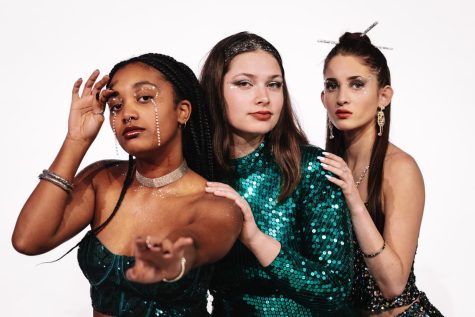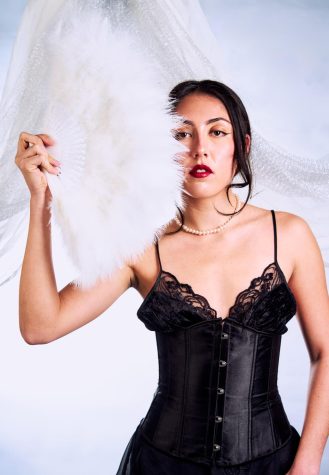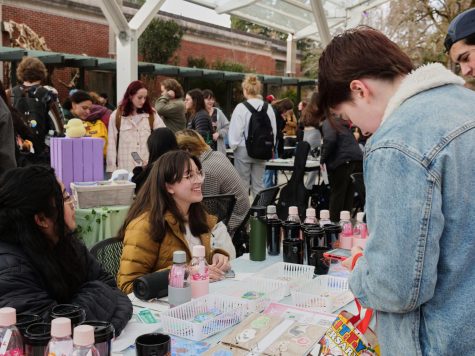Burning Desire
December 15, 2020
Human nature drives us to fit ourselves into categories. Whether it be how we interact with our location, our language, or our political landscape, we love to define ourselves. On the internet, the access and drive for these definitions are pushed to its limits and are easier to access. In an age where TikTok’s rise in popularity has built niche platforms and communities, we often only see a tiny sliver of a subculture, especially in regards to alternative fashion. More often than not, a video has popped up in your feed of a person wearing darker clothes; chains, heavy eyeliner, black combat boots, and other elements of a punk aesthetic. These spectacles lead to interest and interest leads to popularity, often leading to a misinformed perspective on a movement or culture as a whole. A rising discussion among alternative TikTok and queer spaces is the newfound (and often inappropriate) separation of politics and aesthetics within alt fashion subcultures such as goth, emo, and especially punk.
In order to understand the ideology of alt fashion, we need to look at the historical impacts of punk movements. The punk identity emerged during the ’70s and ‘80s as a breakthrough against oppression, classism, and the need for radical change. Teal Triggs, a professor of design and communication at The Royal College of Arts, describes the “do it yourself” nature of punk as “represent[ing] the working-class experience but [also] the more ‘artful’ of proletarian play.” Punk’s thrift quality emerged from a lack of upper-class privilege and is inseparable from its ideology. As the punk movement died down, it slowly trickled into a pop-culture staple and has influenced high fashion, with very few facets truly encapsulating the politics.
One example of a successful punk facet in high fashion was Alexander McQueen’s A/W 1997 show “It’s A Jungle Out There.” Coming down from McQueen’s restrictive work at Givenchy, the show was a rebellion against fashion norms. The models were fitted in revealing and edgy garments, makeup, and hair in order to look rebellious and encapsulate the message of the collection. The show was held in the back alleys of downtown London, a place where many fashion elites had never stepped foot. In the 2018 biographical documentary “McQueen,” McQueen’s friend and colleague Simon Costin described the collection as the first of its kind, holding “a sort of angst, an anger and fear that was woven through that show.” During the show, students trying to catch a glimpse knocked over a fire pit, setting the catwalk’s car on fire. Despite its controversial nature, McQueen adamantly argued with the crew not to extinguish it till after the show, putting the audience, crew, and models in danger. These actions, while considered “mad,” encapsulate the alternative background in which McQueen came from.
Punk has branched globally into many subcultures. Synonymous with western punk movements, Japan had many alternative subcultures. In her thesis for North Carolina Honors College, “Rebels in Frills: a Literature Review on Lolita Subculture,” Molly Brenan cites the controversial sukeban girl movement was based around anarchy and women empowerment. Members would predominantly dress in,“ heavy makeup, clothing embroidered with gang symbols, and tougher hairstyles.” For oppressed people globally, alternative subcultures have been a safe haven and political act against suppressive systems.
Just like any other culture’s aesthetic, alternative subcultures are not something to tread lightly on. It’s been founded by people who have lived common experiences of being shunned and having rebelled against societal norms. Alternative fashion is not just a Sex Pistols tee, Dollskill skirt, and chains— it’s an ideological identity built from a rich tapestry of history and civil liberties.











